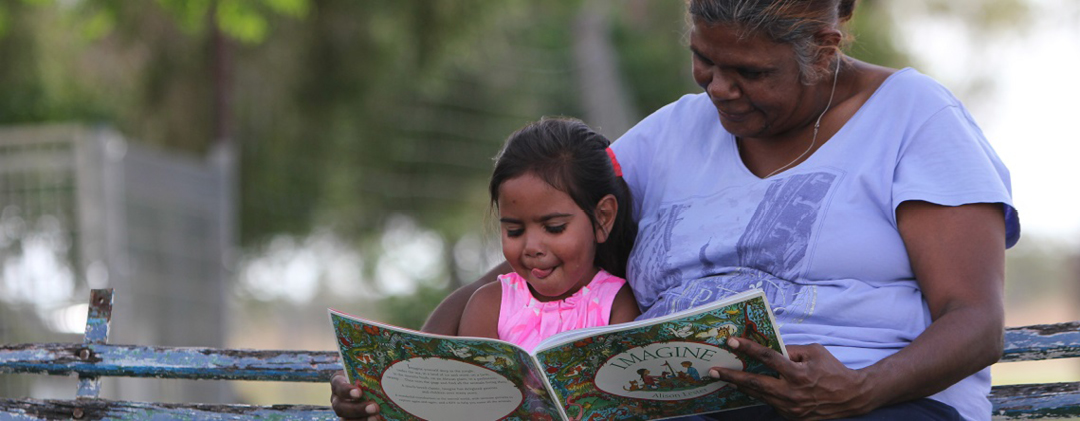Over 2016–17, PM&C achieved its purposes of:
- Supporting the Prime Minister as the head of the Australian Government and the Cabinet
- Providing advice on major domestic policy and national security matters
- Improving the lives of Indigenous Australians
In 2016–17, PM&C performed effectively by achieving 16 of the 17 performance criteria in its corporate plan. The Department also achieved 7 of the 9 key performance indicators in its 2016-17 Portfolio Budget Statement.
These achievements illustrate the Department's effective capability and leadership across the public sector. PM&C's work with communities, stakeholders and all areas of government using a whole-of-nation approach delivers high quality and timely policy created in collaboration with stakeholders and implemented in partnership with providers.
The performance criteria, in the Corporate Plan, in relation to Enhancing Capability under Purpose 3 (Improving the lives of Indigenous Australians) was not achieved. The Department did not meet this KPI primarily because Indigenous Affairs Group business processes, including responsibilities of staff in the regional network, were under review in 2016-17. A comprehensive suite of mandatory training linked to capability of staff at the role level was not fully delivered or monitored in 2016-17. However, the Department developed, planned and delivered training to staff including policy design and thinking, grants acquittal, writing skills, presentation skills, strategic thinking, cultural appreciation, understanding and managing funding and working with language interpreters.
The Department's work is facilitated by the PM&C Capability Framework and complemented by initiatives designed to promote collaboration, innovation and diversity in thinking. For example, Indigenous community secondments allow staff to share expertise with people and organisations in regional and remote Australia while gaining insights about the challenges facing Indigenous organisations. These insights can be applied in policy development and service delivery.
The Department did not achieve all of its key performance indicators in the 2016-17 Portfolio Budget Statement. Program 2.1 (Jobs, Land and Economy) is not on track to halve the gap in employment outcomes between Indigenous and non-Indigenous Australians by 2018. However, employment outcomes have increased over the period through Indigenous-specific programs. Program 2.2 (Children and Schooling) is not on track to meet COAG education targets. The targets for 2018 are to halve the gap in reading, writing and numeracy achievements for Indigenous students, and to close the gap in indigenous school attendance.

Ahead of the tenth anniversary of Closing the Gap, Commonwealth, state and territory governments have agreed to work together with Aboriginal and Torres Strait Islander organisations and communities, on a refreshed agenda. It will be important to look at what has worked well over the last decade, and where more needs to be done. COAG leaders have welcomed a focus on a strength-based approach that supports Indigenous advancement. All levels of government will work with Aboriginal and Torres Strait Islander people in genuine partnership over the remainder of 2017 to develop renewed targets that are measurable and meaningful. A Taskforce has been established in the Department of the Prime Minister and Cabinet to progress this important work.
